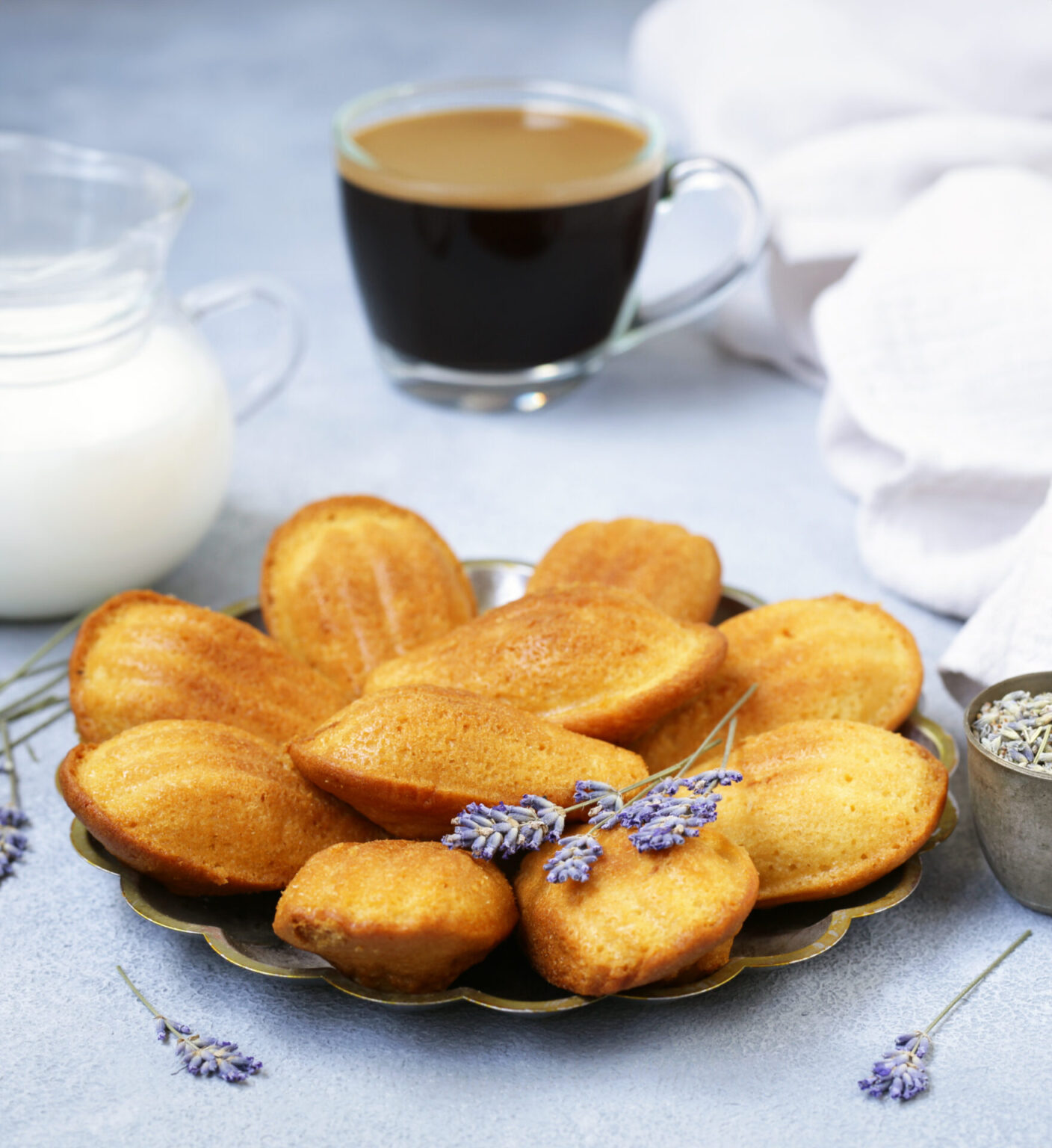A gourmet invitation dedicated to our grandmothers
Grandmother’s Day, celebrated in France on the first Sunday in March – this year, March 2, 2025 – is the perfect occasion to show our affection for our elders.
With our advice and encouragement, why not treat them to homemade madeleines, symbols of sweetness and tradition?
The origins of Grandmother’s Day
Established in 1987 by the “Café Grand’Mère” coffee brand, the festival was originally a commercial event.
However, it was quickly adopted by the general public, becoming a day dedicated to honoring and recognizing grandmothers across France.
Since then, every first Sunday in March has been an occasion to celebrate these pillars of the family.

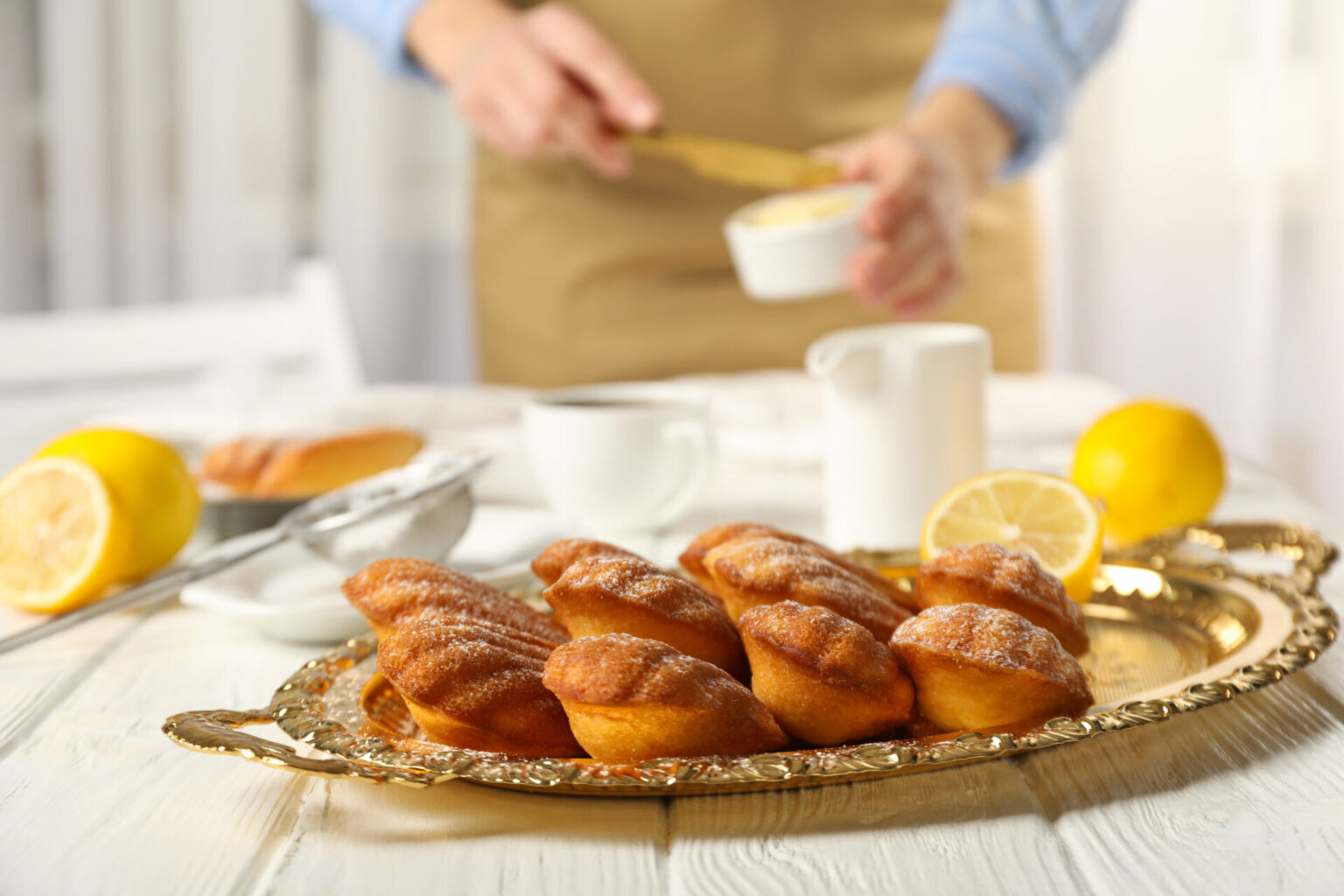
The madeleine de Commercyan emblematic sweetness
Madeleine, a soft little pastry in the shape of a seashell, is deeply rooted in French culinary heritage. Its origins date back to the XVIIIᵉ century, in Commercy, Lorraine.
La madeleine de Commercy is the fruit of a rich history, combining legend, aristocracy and craftsmanship.
Legend has it that in 1755, during a banquet held at the Château de Commercy by the Duke of Lorraine, Stanislas Leszczyński, his official pastry chef left the premises after an argument. A young servant named Madeleine Paulmier improvised a seashell-shaped cake from a recipe handed down by her grandmother.
The duke, won over by this mellow, fragrant sweetness, is said to have decided to name it after the young girl. Enthusiastically, he then introduced the specialty to the court of Versailles, where it charmed Louis XV and his wife, Marie Leszczyńska, contributing to its renown.
While some of this history remains legendary, over the centuries the madeleine de Commercy has established itself as an essential regional speciality.
In the 19th century, the town’s confectioners perfected the recipe, making them an emblematic product of Lorraine. At that time, madeleines were sold by local bakers and confectioners, but it was with the arrival of the railroads that their fame spread far beyond the region’s borders.
Commercy became a strategic crossing point, and madeleine sellers, recognizable by their wicker baskets, set up shop on the station platforms to offer these sweet treats to travelers in transit. This itinerant trade contributed greatly to the rise of the madeleine and its image as an authentic, home-made delicacy.
With industrialization in the 20th century, a number of specialized factories sprang up in Commercy, some of which still exist today. Decorated metal tins, to preserve the freshness of the madeleines, became a symbol of this local production and a sought-after souvenir for visitors.
Despite this large-scale production, Commercy’s craftsmen are still committed to perpetuating the original recipe, with simple, natural ingredients: flour, eggs, butter, sugar and a subtle touch of lemon or orange blossom.
Today, the madeleine de Commercy remains a symbol of French culinary heritage, appreciated for its airy texture and comforting taste. It embodies tradition, craftsmanship and the pleasure of childhood memories, making it much more than a simple pastry: it’s a true gastronomic treasure!
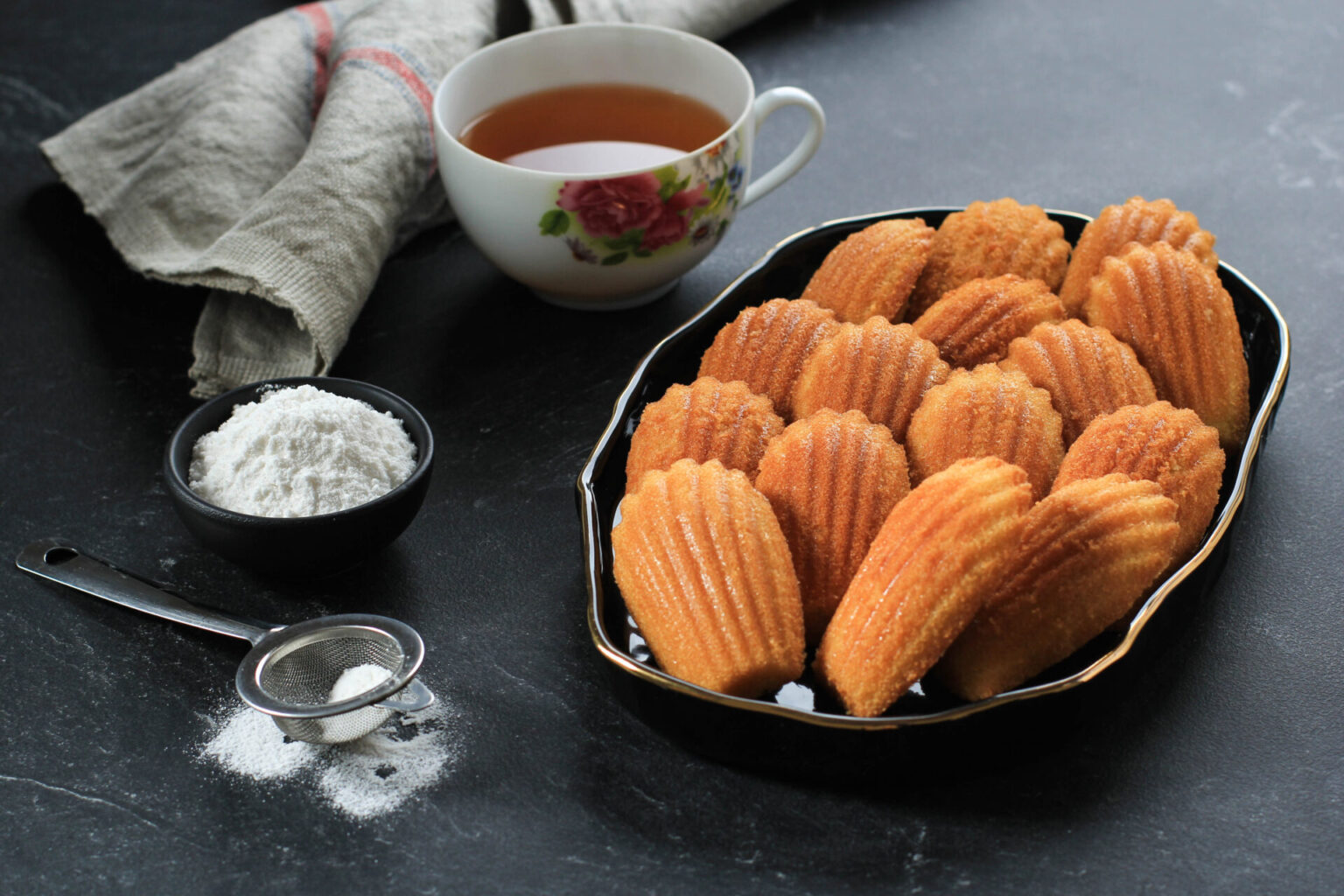
Proust’s madeleine: a sensory and emotional journey
While the madeleine is a delight for the palate, it is also a powerful literary symbol, immortalized by Marcel Proust in À la recherche du temps perdu.
In this book, a simple bite of madeleine dipped in tea revives a flood of buried childhood memories for the narrator, demonstrating the extraordinary power of sensations and tastes on memory.
Offering madeleines is a gourmet gesture, an invitation to revisit the precious moments of the past together.
Each bite can awaken shared memories, evoking snacks of yesteryear and recalling those suspended moments when grandmothers, benevolent and maternal figures, lovingly prepared sweets.
The madeleine thus becomes a link between generations, an emotional bond that transcends time and eras, reinforcing this tradition of culinary and emotional transmission.
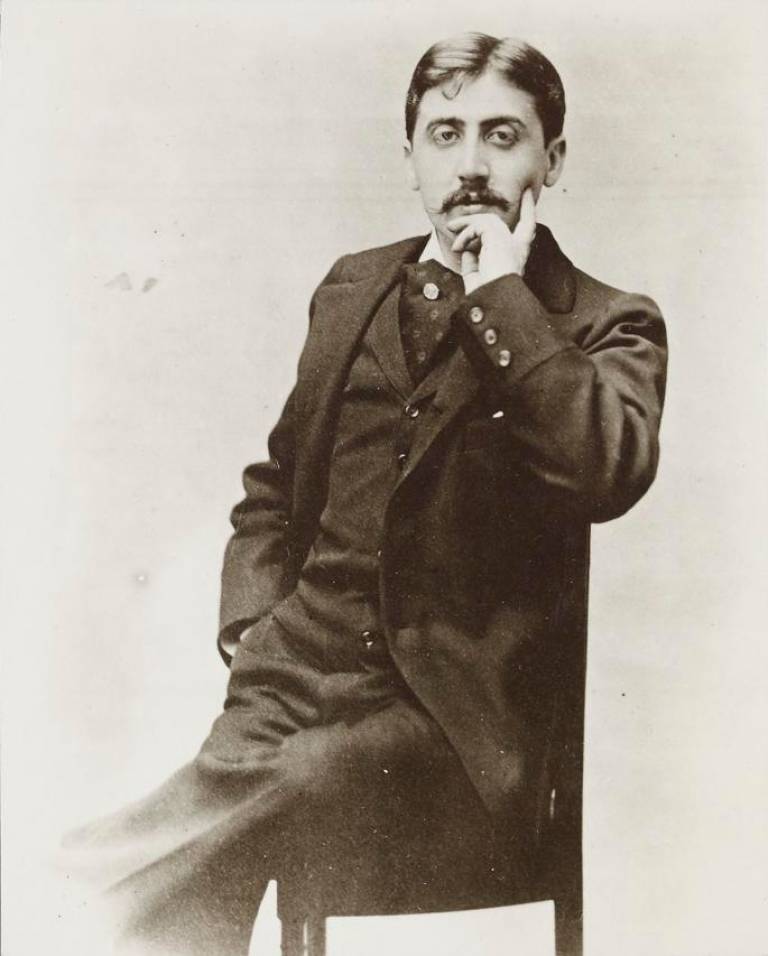
Traditional madeleines recipe
To make about twenty madeleines, here’s a simple recipe:
Ingredients
- 3 eggs
- 150 g sugar
- 200 g flour
- 100 g melted butter
- 1 teaspoon baking powder
- Zest of one lemon or a teaspoon of vanilla extract
- A pinch of salt
Preparation
- Preheat oven to 200°C (th. 6-7).
- In a bowl, beat the eggs with the sugar until the mixture whitens.
- Add the sifted flour, baking powder and salt. Mix until smooth.
- Stir in melted butter and lemon zest or vanilla extract.
- Leave the dough to rest in the fridge for about 30 minutes.
- Butter the madeleine molds and fill them two-thirds full.
- Bake for 8 to 10 minutes, until golden brown.
- Remove from the oven and cool on a wire rack.
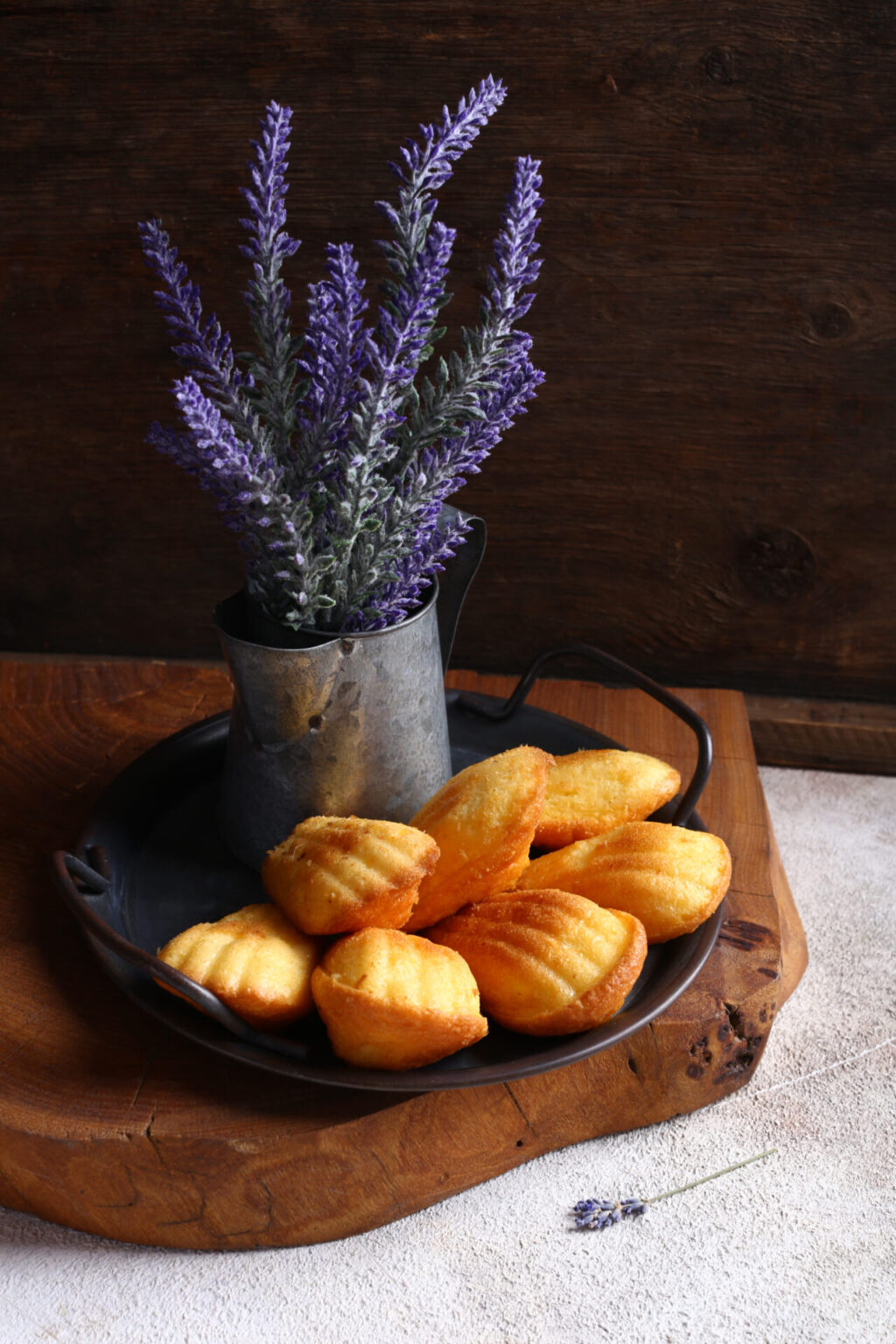
A gourmet tribute to our grandmothers
As you can see, offering madeleines on Grandmother’s Day is a delicious way to combine tradition and affection. These little cakes, strongly associated with childhood memories and moments shared with family, evoke the warmth and tenderness of moments spent with our grandmothers.
Making homemade madeleines can also be an enriching intergenerational activity, strengthening family ties.
On this March 2, 2025, let’s celebrate our grandmothers by offering them these delicious madeleines, symbols of our love and gratitude. A gourmet gift that will revive fond memories and create new moments of sharing.
